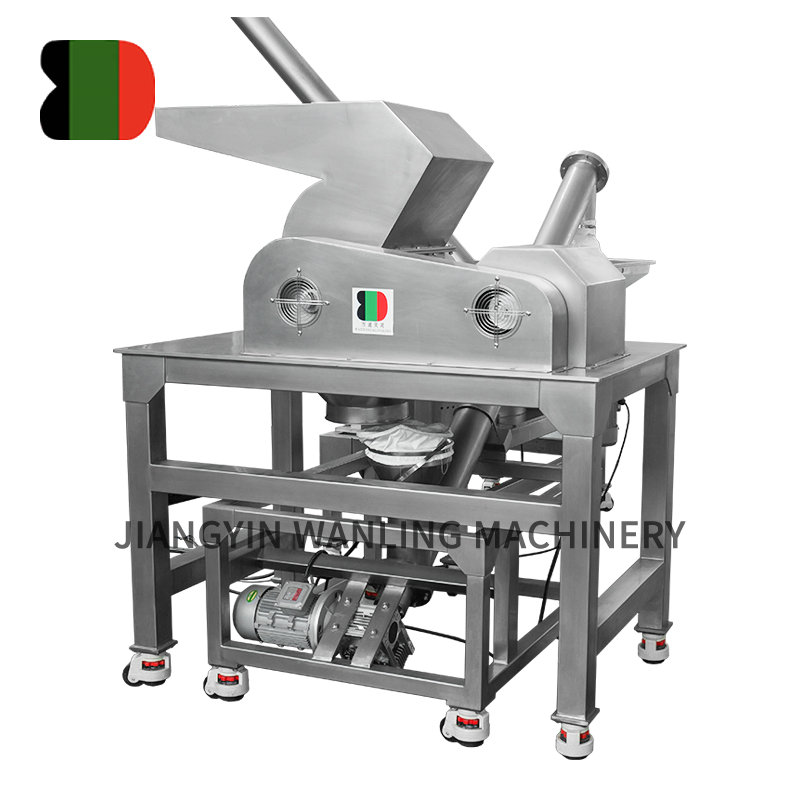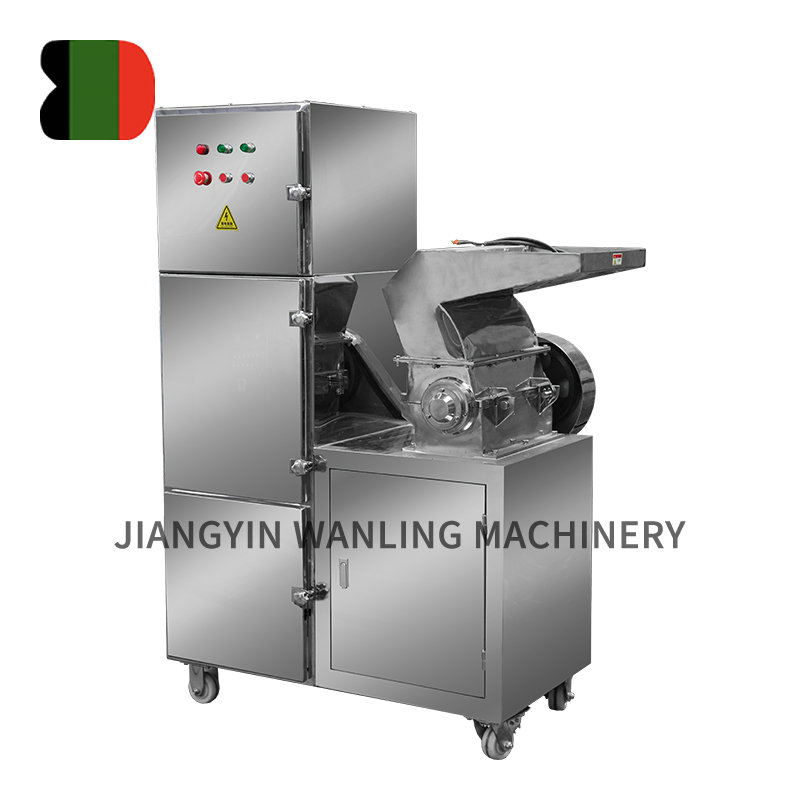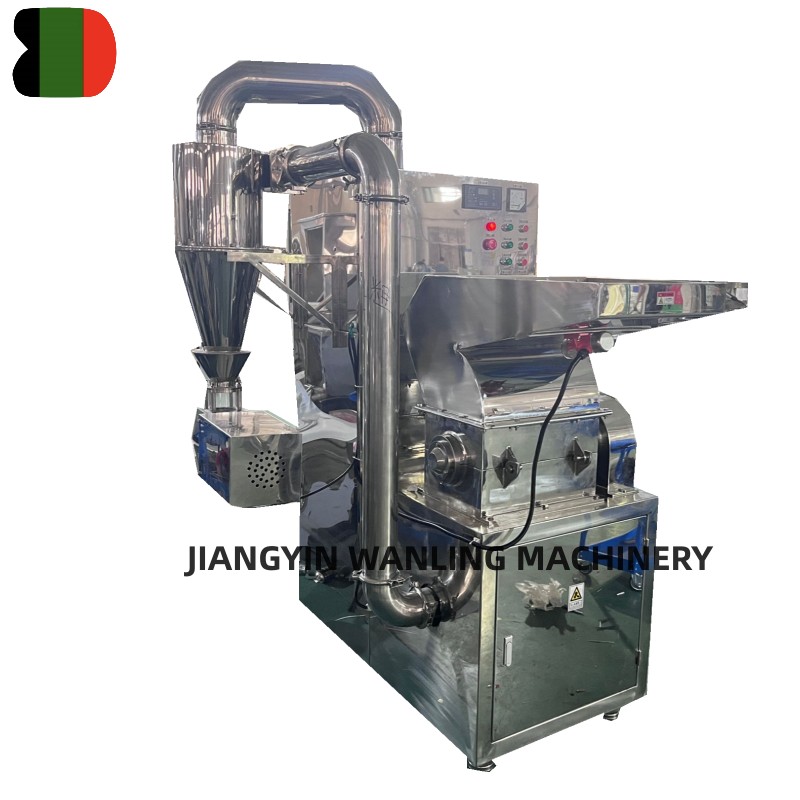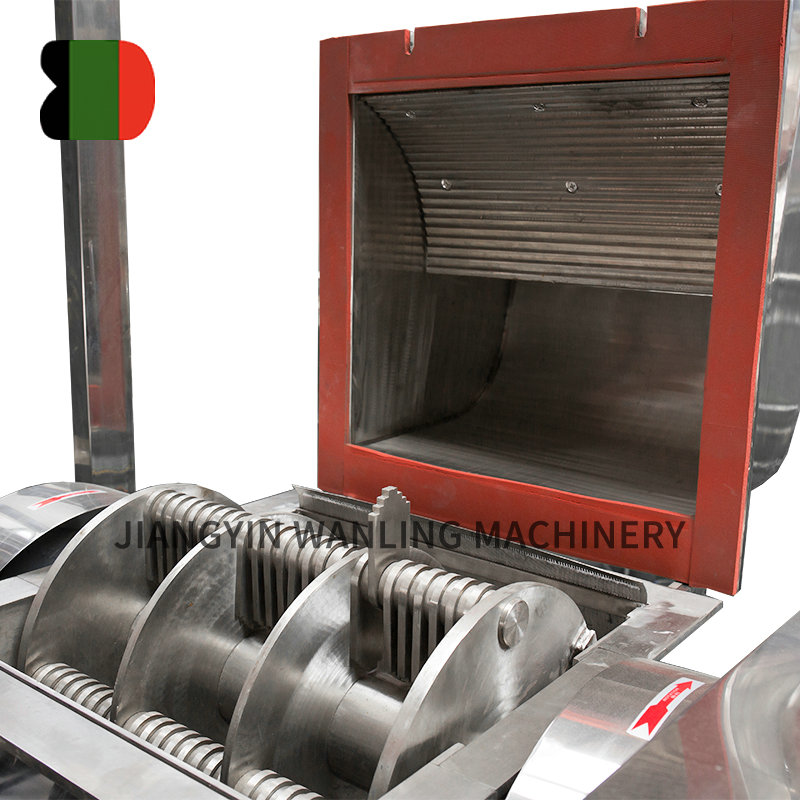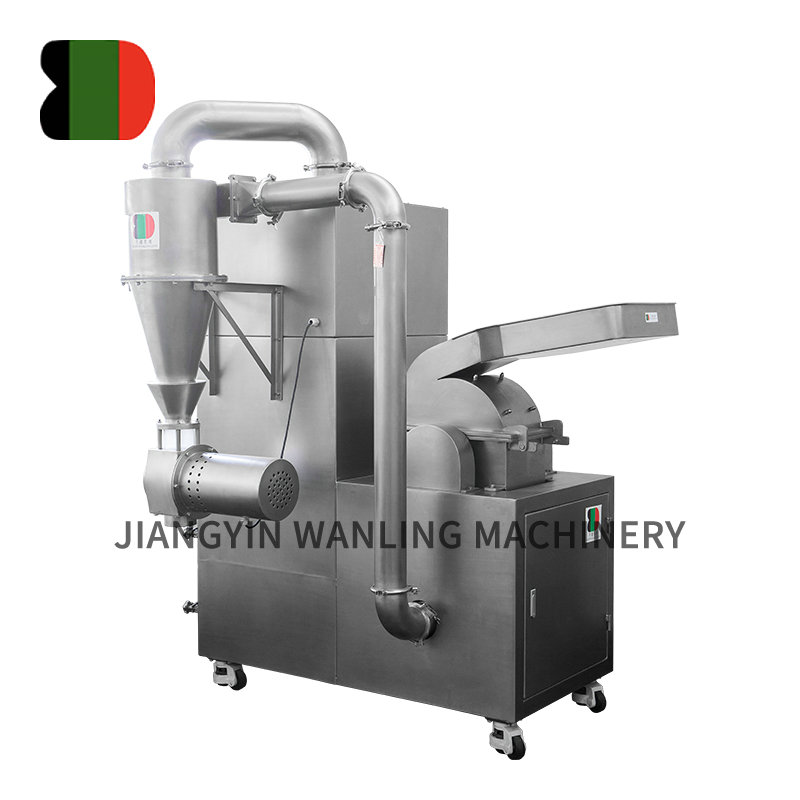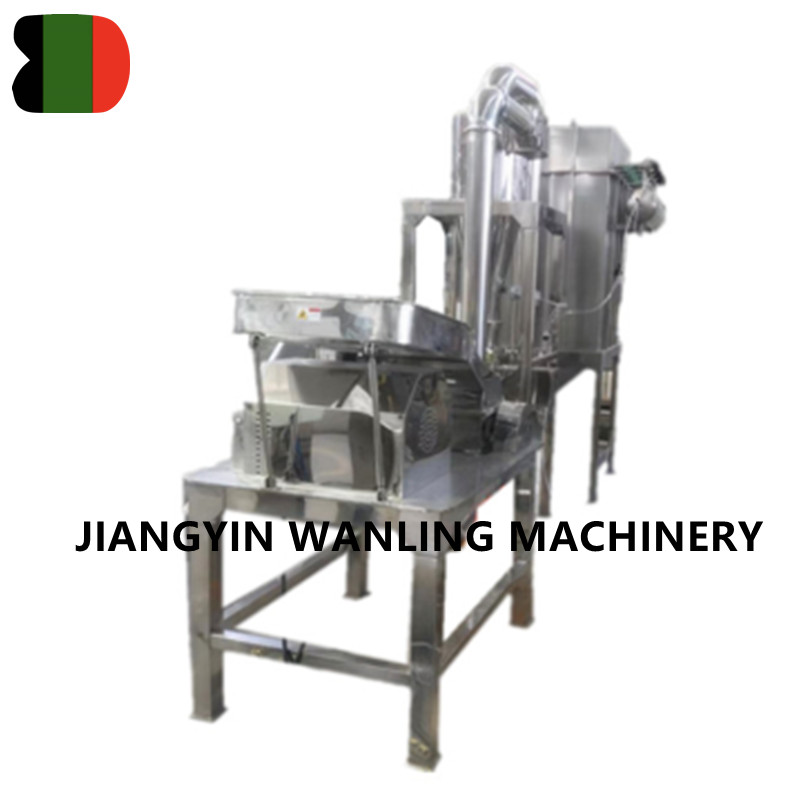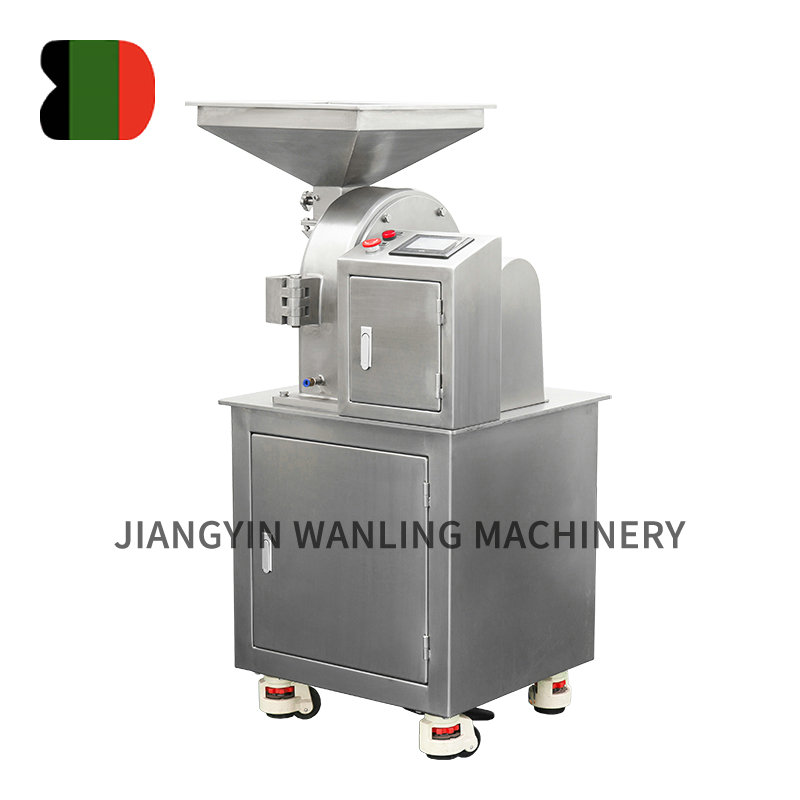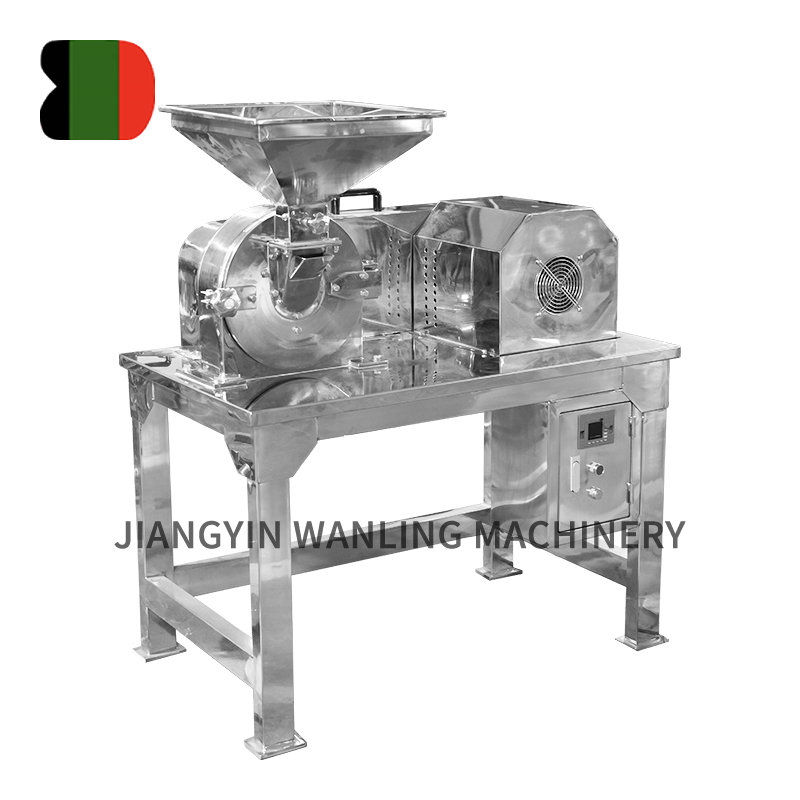Particle size and distribution play crucial roles in the fluidization process and overall drying efficiency in a fluid bed dryer. Here’s how they impact performance:
Fluidization Quality:
Uniformity: Ideally, particles should have a similar size to ensure uniform fluidization. If the particle sizes vary significantly, smaller particles may fluidize too quickly, leading to poor contact with larger particles, which can hinder overall drying efficiency.
Fluidization Velocity: The minimum fluidization velocity depends on particle size; larger particles require higher velocities to achieve fluidization. If the velocity is too low for larger particles, they may not fully suspend, leading to uneven drying.
Drying Rates:
Surface Area: Smaller particles have a higher surface area-to-volume ratio, which enhances heat and mass transfer rates. This allows for faster moisture removal compared to larger particles.
Residence Time: Particle size affects the residence time in the drying chamber. Smaller particles may have shorter residence times due to faster fluidization, potentially leading to insufficient drying if not properly managed.
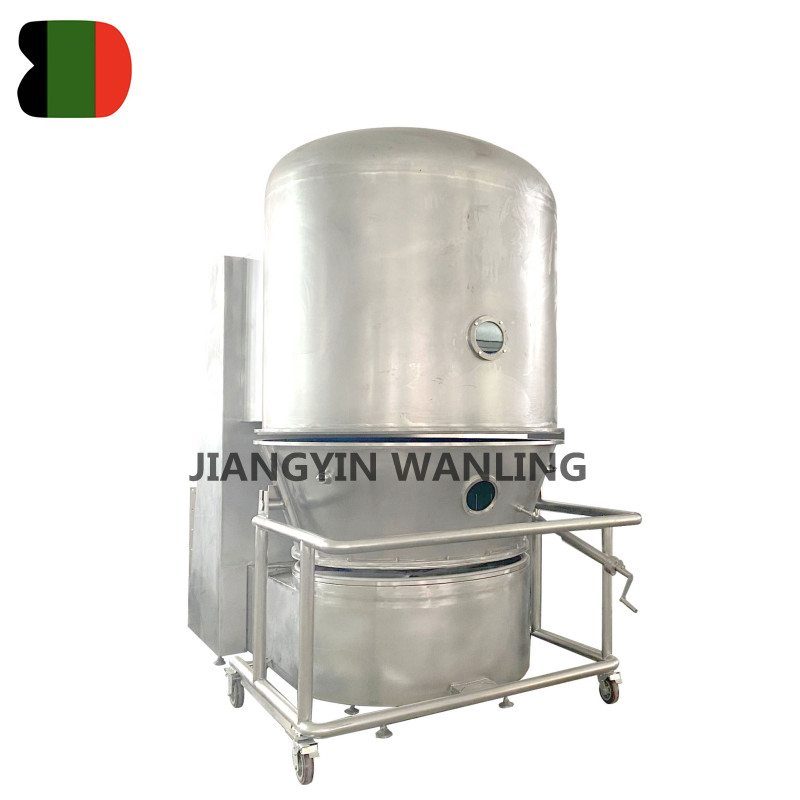
Particle Behavior:
Cohesiveness: Finer particles may exhibit cohesive behavior, leading to agglomeration, which can disrupt fluidization and create dead zones in the bed. Proper airflow and design adjustments may be necessary to mitigate these effects.
Segregation: In a mixture of different-sized particles, segregation can occur during fluidization. Larger particles may rise while smaller particles settle, affecting the uniformity of drying and potentially leading to inconsistent product quality.
Temperature Distribution:
Variability in particle size can lead to temperature gradients within the fluid bed. Smaller particles may heat up more quickly, while larger particles might lag behind, resulting in uneven drying and potential overheating of smaller particles.
System Design Considerations:
Fluid bed dryers may need to be designed or operated differently based on the particle size distribution. For instance, adjustments in air velocity, bed height, or the inclusion of baffles may be necessary to optimize fluidization and drying efficiency for specific materials.
Performance Monitoring:
Regular monitoring of particle size and distribution can help operators adjust the fluid bed drying process to maintain optimal performance, ensuring consistent product quality and efficiency.



 Español
Español